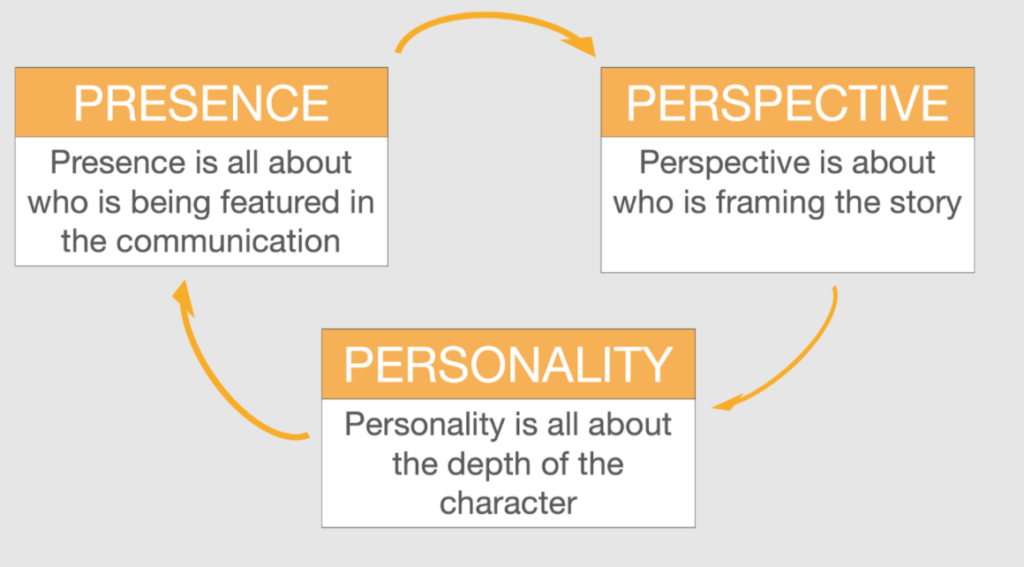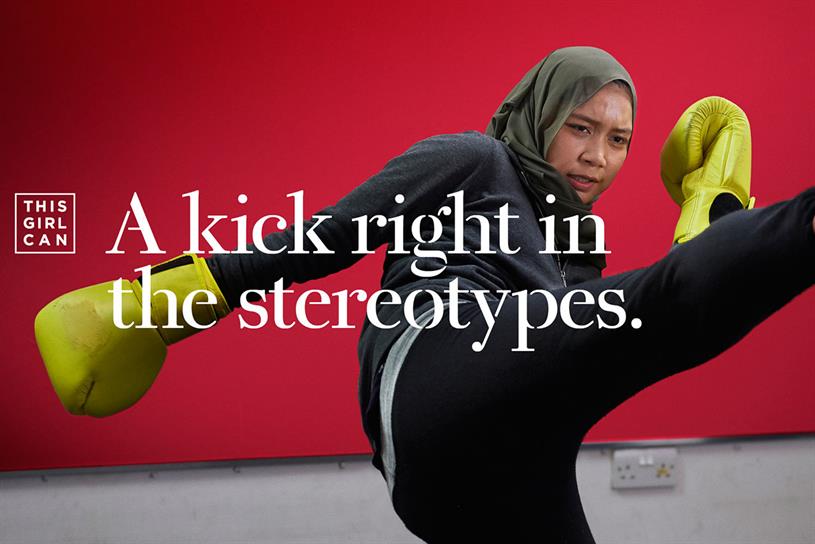With the Advertising Standards Authority having introduced new rules governing stereotypes in advertising, there is a greater need than ever to eliminate the practice.
Since 2019, CAP Code rule 4.9 BCAP Code rule 4.11 have stated ads “must not include gender stereotypes that are likely to cause harm, or serious or widespread offence”.
Brands like Volkswagen Group UK and PeoplePerHour have already fallen foul of the fledgling rules.
Easy as 3P

The ASA has attempted to clarify what kinds of depictions may be captured by this. But there is now a straightforward new playbook.
In February 2021, the United Nations-backed ad industry initiative Unstereotype Alliance published its 3Ps framework, a way of depicting the prevalence of stereotypes in ad creative:
- Presence: Who is portrayed in the communication? Who is the central character?
- Perspective: Who seems to be directing the action? Who is driving the narrative?
- Personality: Do the characters have 3-dimensional personalities?
So, when it comes to gender stereotypes, how do audiences - specifically, women - consider other ad campaigns are performing against the 3Ps?
To find out, research firm d.fferentology showed two ads to women from News UK’s Times and Sun reader panels.
Case study: 'This Girl Can', Sport England
The aim of the campaign was simple: to get more women regularly active and into sport and to keep them playing.
The biggest sports brands had spent millions targeting women, yet the disparity remained between men and women.
The campaign encourages them to do something that they may have not done otherwise.
When we showed the readers these two opposing campaigns there was very little difference between the audiences in response to the women in the good advert, as it resonated equally well with Times and Sun Readers.
| Presence | |
|---|---|
| The campaign showed a range of women from all walks of life | 75% |
| The women in the campaign felt authentic and a realistic portrayal | 75% |
| Perspective | |
| The women in the campaign drove the narrative | 71% |
| The women in the campaign were not objectified | 66% |
| The women in the campaign challenged outdated perspectives in society | 72% |
| Personality | |
| The advert featured stereotypical interpretations of female beauty | 30% |
| The women in the adverts came across as empowered and in control of their lives | 74% |
“The This Girl Can advert was FANTASTIC!!! I want to see it everywhere 🙂
Sun Reader
“I just love the This Girl Can campaign”
Times & Sun Reader
Case study: 'Mum Is Behind It', Asda
https://www.youtube.com/watch?v=pEpQ8O1BAgU
The 2012 TV ad showed a harassed mother swamped with festive preparations, ending with the line "Behind every great Christmas there's mum, and behind every mum there's Asda".
The campaign prompted 620 complaints to the ASA but was deemed unlikely to cause widespread offence.
Asda stuck to its guns, saying that while a large number people might have felt that the ad was sexist, it was simply a fact that women do the lion's share of work at Christmas.
| Presence | |
|---|---|
| The campaign showed a range of women from all walks of life | 36% |
| The women in the campaign felt authentic and a realistic portrayal | 63% |
| Perspective | |
| The women in the campaign drove the narrative | 54% |
| The women in the campaign were not objectified | 51% |
| The women in the campaign challenged outdated perspectives in society | 38% |
| Personality | |
| The advert featured stereotypical interpretations of female beauty | 42% |
| The women in the adverts came across as empowered and in control of their lives | 45% |
“The ASDA commercial commenting that you can't do it without mum could be highly offensive. Some children no longer have/have never had mothers. And more and more are being cared for by same sex partners. Yes someone us emotionally involved in the every day running of the household, but it's not always a stereotypical 'mum’”
Sun Reader
“The Asda one is unfair to an awful lot of men nowadays, mine included”
Times & Sun Reader
Audiences rated the Asda advert as overall much worse, showing they are in tune with what makes an advert typically a ‘good’ or ‘bad’ portrayal of women by industry standard measures.
It is unlikely a campaign would construct a message in this way in 2022. Judged through the lens of the 3Ps, readers’ response shows a diverse mixture of disdain and acknowledgement of the imbalance projected by the ad.
Takeaways
So, what does any of this mean?
Readers want to see a range of different types of women with a range of different lives, to help them feel more represented. And the message needs to be conveyed that all women are real, and all women are valid.
For many women, equality in advertising defaults to inclusivity and diversity, not just in women but also in men.



 News UK
News UK 


